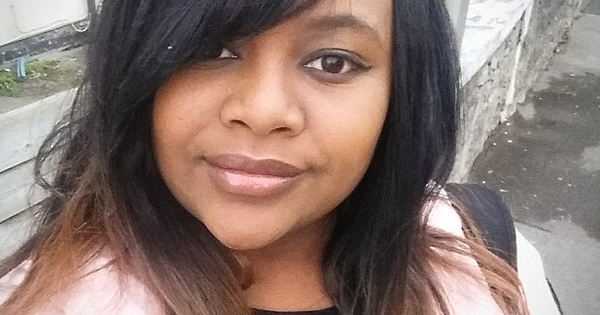Advertisement
Michelle Gore, like many people in the twenty-first century, is dependent on technology.
On a normal day, she’d take 200 selfies. She’d even use her phone in the shower. She often spent up to 23 hours online every day.

This obsession, however, took a toll on her body.
She’s was diagnosed with Tietze disease in January of 2015.
“I realized I had a problem when I woke up on Boxing Day 2014 tangled up in cables from different gadgets,” says Michelle. “I had the laptop wire round my leg, my headphones around my neck, my mobile under my pillow, my tablet charging on my bedside table, and my Xbox and PlayStation controls at the foot of the bed. I thought, ‘this isn’t normal.’”

She’d been complaining of chest and back pain and swelling in her upper ribs.
“I was in pain every day and I was worried there was something up with my heart,” said Michelle.

Her doctor told her that her constant technology usage and slumping had put pressure on her rib cartilage, which caused inflammation.
Not only that, but she’d become addicted to the internet. When her internet went down for three days, she experienced withdrawal symptoms. She experienced sweating and shaking, and lots of stress.
“I was worried that I was missing out and concerned that my internet friends would wonder where I was,” she said. “I had a boyfriend I met online, and since we’d never met in person or spoken over the phone, I was worried he’d think something had happened to me.
“I was so anxious I started feeling shooting pains in my chest—it was awful.”
After being diagnosed, she realized she had to stop. Her parents agreed to help her.
They set up times where technology was not allowed, like meals or before bed.
Dr. Richard Graham, a psychiatrist and technology addiction lead at the Nightingale Clinic, said that this addiction is more difficult to treat than most.
“Unlike alcohol or drugs, a patient cannot simply decide never to use a technology again,” he says. “Instead, they must learn to establish a healthy relationship with technology.”
After a year, Michelle is doing better. This year, she hopes to spend more quality time with her family.




